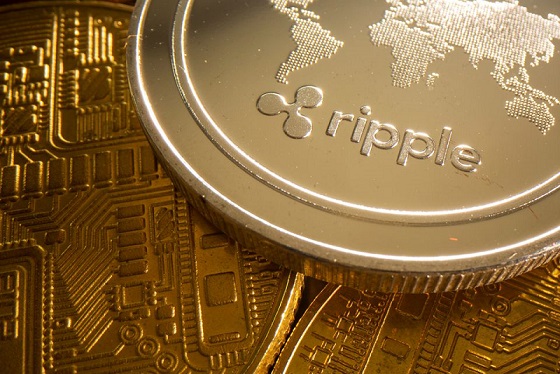Ripple's Largest XRP Release in 7 Years: How Did It Affect the Price?
On November 1, 2024, Ripple released a significant total of 470 million XRP tokens for sale. This move represents the company's largest monthly allocation since 2017 and indicates a deviation from Ripple's standard token management protocols. Traditionally, the company would withdraw 1 billion XRP from its escrow system each month and return 800 million of that amount back to the escrow account to maintain market stability.
This unusual release has drawn attention among market participants tracking Ripple's trading activities and management. The cryptocurrency market shows sensitivity to large movements of XRP tokens, and Ripple's ongoing legal battle with the U.S. Securities and Exchange Commission (SEC) has heightened this sensitivity. The important decision made in November created a complex situation in the markets, as it occurred just days before the U.S. presidential elections.
2024 has seen unconventional escrow account movements for Ripple. In the early months of the year, Ripple's escrow operations failed, and the company could not fulfill its commitment to release 1 billion XRP at the beginning of the month. Although these failures continued until April, Ripple later achieved its monthly goal of releasing 1 billion XRP.
Concerns have increased over the potential impact of high-volume token sales. Notably, following a sale of 400 million tokens in June 2024, XRP's market value dropped by 20% within a week. The current allocation of 470 million XRP exceeds this June figure, capturing the attention of market analysts and investors. Due to market uncertainty, XRP dipped below $0.5 with a drop exceeding 3.5% in yesterday's trading. Starting the week with a partial recovery, the cryptocurrency closed the week at $0.5 and is now trading around the $0.51 mark with an increase of nearly 1.5%. While the reason for this allocation remains uncertain, the crypto world is closely monitoring Ripple's next steps.
Recently, Ripple's escrowed XRP assets have fallen below 39%, leading to discussions within the crypto community. Attorney Bill Morgan noted that the amount of XRP held in escrow by Ripple has dropped from 55% in 2020 to below 39%. This change resulted from the gradual release of XRP tokens from escrow and has fueled ongoing discussions about the potential decentralization of the cryptocurrency.
Morgan's statements prompted various reactions among the crypto community. Some users expressed skepticism about Ripple's decentralization efforts. Although users noted that Ripple has significantly reduced its XRP assets, they emphasized that the decrease is close to 50% and has yet to fall to around 40%. This scenario suggested that achieving Ripple's decentralization goal would take considerable time.
This perspective reflects the concerns of some community members who view Ripple's substantial XRP assets as an obstacle to decentralization. According to Morgan, given the current release rate, it could take over a decade for Ripple’s escrow assets to be fully depleted. This long timeframe could effectively influence XRP's adoption by a broader audience and its overall image.
Ripple’s escrow mechanism was originally implemented to prevent the sudden influx of large amounts of XRP into the market, thereby mitigating market fluctuations. In November 2017, 55 billion XRP tokens were locked in escrow accounts, with a plan to release 1 billion XRP at the beginning of each month. Typically, around 800 million XRP is returned to escrow a few hours later, extending the time required for all stock to be depleted.
While this mechanism is seen by Ripple as a responsible way to manage XRP supply, it continues to be a topic of debate within the crypto community. Critics argue that the structure grants Ripple significant control over XRP supply, contradicting the decentralized nature of blockchain technology. The gradual release mechanism showcases Ripple’s influence on the XRP market, but it is thought to potentially limit XRP's viability as a truly decentralized cryptocurrency.


